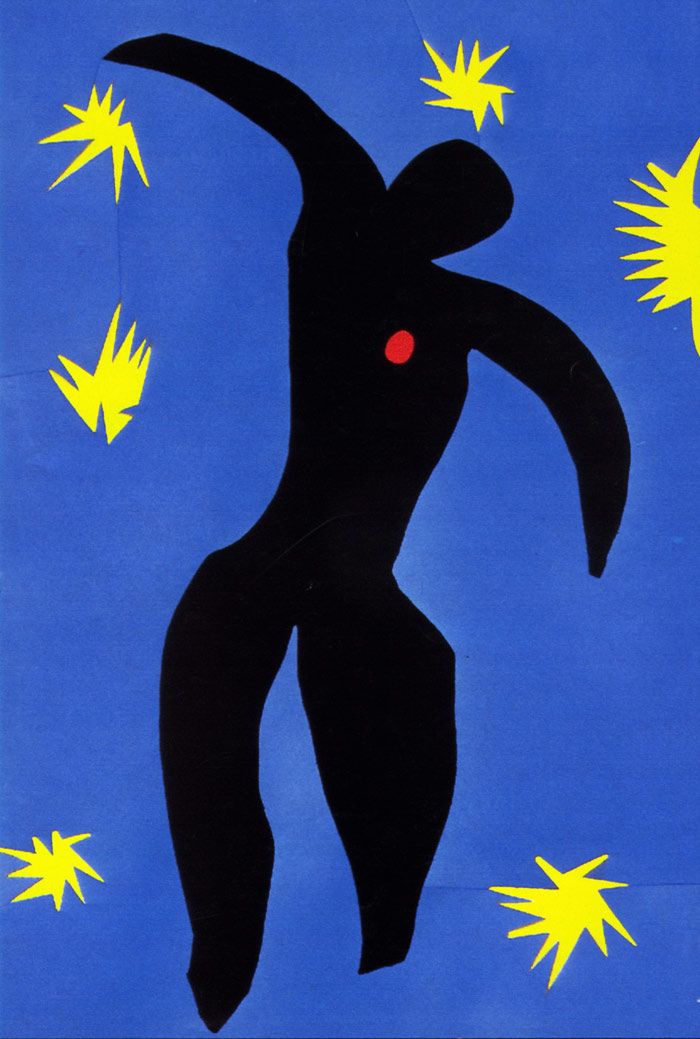Tuesday Tips and Tricks
I hope you remember that we started talking about color theory in previous TTT posts. It was a little while ago, so I will remind you with links: Color - Part 1 and Color - Part 2. Today we will continue talking about color and will discuss contrast.
Contrast is an easy concept to understand. Renaissance painters mainly used value contrast; the Impressionists relied on temperature contrasts. But there are more contrasting relationships available to artists, we will talk about severn different ones.
1. Hue Contrast
Strong intense colors placed side by side produce powerful and dramatic contrast. Children and artists working in style called Primitivism use this contrast very effectively. Use as many colors as you like as long as they are pure and bright. If you add an olive green or a mustard yellow to the mix, the combination will stop working.
 |
| Hue contrast |
The squares with greater value contrast capture attention. The lighter squares seem to be filled with light and darker squares appear somber.
 |
| Value contrast |
3. Color Key
Color key brings drama to artwork. High-key colors, like tints and middle tones at the lighter end of the value scale, are usually pure colors that suggest bright illumination, making the work cheerful and optimistic. Low-key colors, such as low-intensity and dark values, indicate dim illumination, create serious, sad or pensive mood.
 |
| Sketch in high color key by Alex Zonis |
4. Intensity Contrast
Pure color stands out against neutral gray and low intensity background. The contrast decreases against the same hue background
 |
| Intensity contrast |
5. Complementary Contrast
Complementary colors are the opposites on the color wheel. Placed side by side they enhance each other. Mixed together as paint they neutralize each other. Tertiary complements make unusual color combinations as they are less common.
 |
| Complementary contrast |
6. Temperature Contrast
It may sound strange to talk about temperature of color. However experiments demonstrated a difference of 5-7 degrees in subjective feeling of warm and cold in rooms painted blue-green and red-orange. On the color wheel Red-orange is the warmest color and blue-green is the coolest. We can achieve multiple effects working with color temperature:
Cold - Warm
Shadow - Sun
Sleepy - Awake
Airy - Earthy
Far - Near
Light - Heavy
Wet - Dry
Impressionists relied on temperature contrast rather than value contrast to suggest light. Warm and cool contrast provides movement around the form, because warm colors appear to come forward and cool colors recede into the background.
 |
| Temperature contrast |
7. Quantity Contrast
Quantity contrast is a powerful visual tool and one of my favorites to use. It is like an exclamation point in language, used right it is very expressive and impossible to miss.
 |
| Henry Matisse - Icarus |



.jpg)



